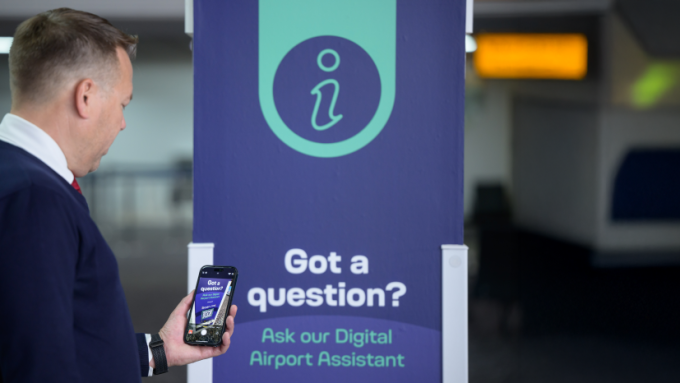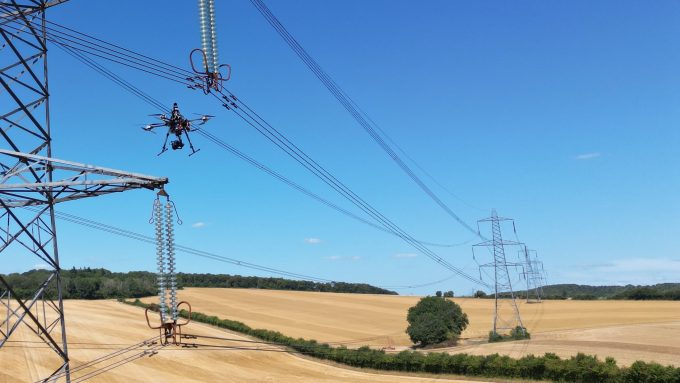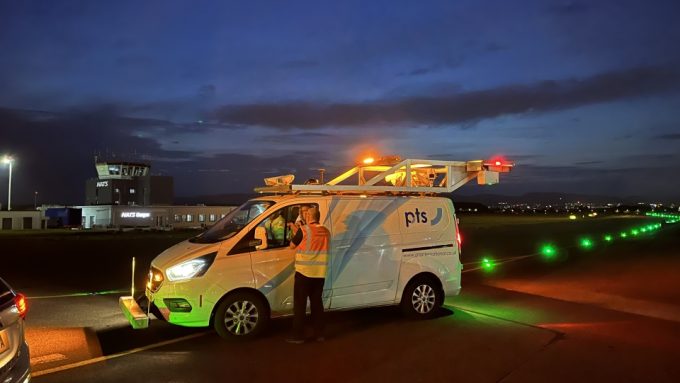
Net-zero airports: it’s about places, not just planes

New technologies obviously help; along with money to develop them and smart processes to optimise efficiency. However, no airport can tackle the climate agenda alone. Airports are nodes in complex networks reaching far beyond their own boundaries. To join the dots, Connected Places Catapult is pioneering collaboration across regional ecosystems, stimulating investment, supporting R&D and brokering high-value partnerships.
It begins with the booking
From the moment a passenger books a flight, they become part of the airport ecosystem. Everything after that — the trip to the terminal, activity on arrival — takes place within the wider infrastructure world and connected logistics landscape, in and around the airport.
Therefore, since most airline journeys nowadays are booked online, the chance to cut carbon starts there. As well as saving passengers time and money, going digital helps reduce the environmental impact by doing away with the need for paper tickets.
Taking things several steps further, Kiwi.com has introduced what it claims to be the ‘world’s first global intermodal booking platform’. The Czech company’s online ‘Virtual Interlining’ concept integrates flights with ground transportation — including trains, taxis, rental cars, ride-hailing operators and buses — all into one simple itinerary.
Looking ahead, if journey providers were incentivised, or made legally responsible, for the environmental impact of all arrangements, the drive to decarbonise could really benefit. With many airports located within or close to cities, integrated journeys by greener modes of transport can reduce carbon emissions and road congestion, whilst improving air quality.
Leave the car at home
Making airports ‘car-free’ zones would mean they become directly accessible only via public transport, or by way of various electric, hybrid, hydrogen or autonomous vehicles. This would require a big change in behaviour, though, with many users still driving petrol or diesel vehicles. So, engagement with the public and other stakeholders would be key.
Connected Places Catapult has already investigated whether better use of our existing motorway infrastructure could help, along with driverless cars and new transport hubs. The Motorway Mobility study showed how a switch from private cars to public transport could free people from driving (including airport workers), plus cut congestion and emissions.
Running on its own power
Airports themselves are heavy users of energy, consuming 9.7 kilowatt-hours (kWh) of electricity and 34.7 kBtu of natural gas per square foot, annually, on average. Energy therefore accounts for a large chunk of airport operating costs— between 10% to 15%. This provides a big financial incentive to source energy that is both cheaper and greener.
Generating and storing their own clean energy will also make airports more self-sufficient. This energy would be used for heating and lighting buildings, airside lighting, charging electric vehicles and aircraft batteries, waste recycling and baggage handling.
With lots of roof space available on hangarage, solar panels are a good fit for airports. So, at Heathrow, for example, Welsh renewable energy firm Dulas managed the installation of 124 integrated Optisol solar panels, custom-made by Dutch firm Scheuten. As one of the largest such installations in Europe, it will help a redeveloped T2 cut its CO2 by over 40%.
Cargo, congestion and carbon
Of course, airports not only act as hubs for passengers, but cargo, too. Worldwide, many experience significant congestion in and around cargo-handling facilities. In fact, over 200 airports globally are now designated ‘Level 3’ by the International Air Transport Association (IATA), meaning they are running at full capacity for runway and parking needs.
As well as making life difficult for carriers, cargo congestion spreads onto the surrounding shared-user road network, leading to greater emissions and poorer air quality.
In response, better delivery planning, plus use of off-site hubs as envisaged by the Motorway Mobility project, could dramatically reduce the environmental burden, shrinking the carbon footprint of air freight, also benefitting airlines, airports and industry financially.
Together, all these connected pieces of the climate jigsaw can help airports cut carbon.





